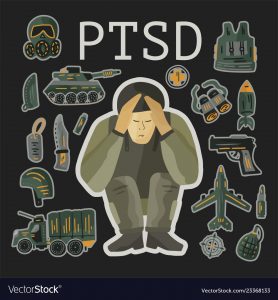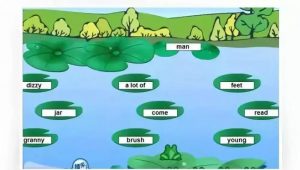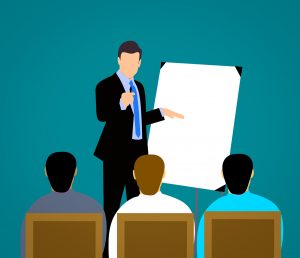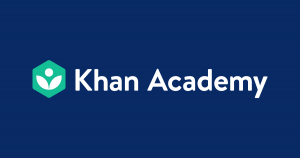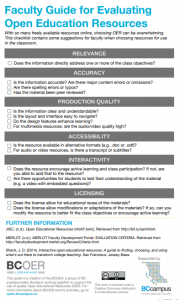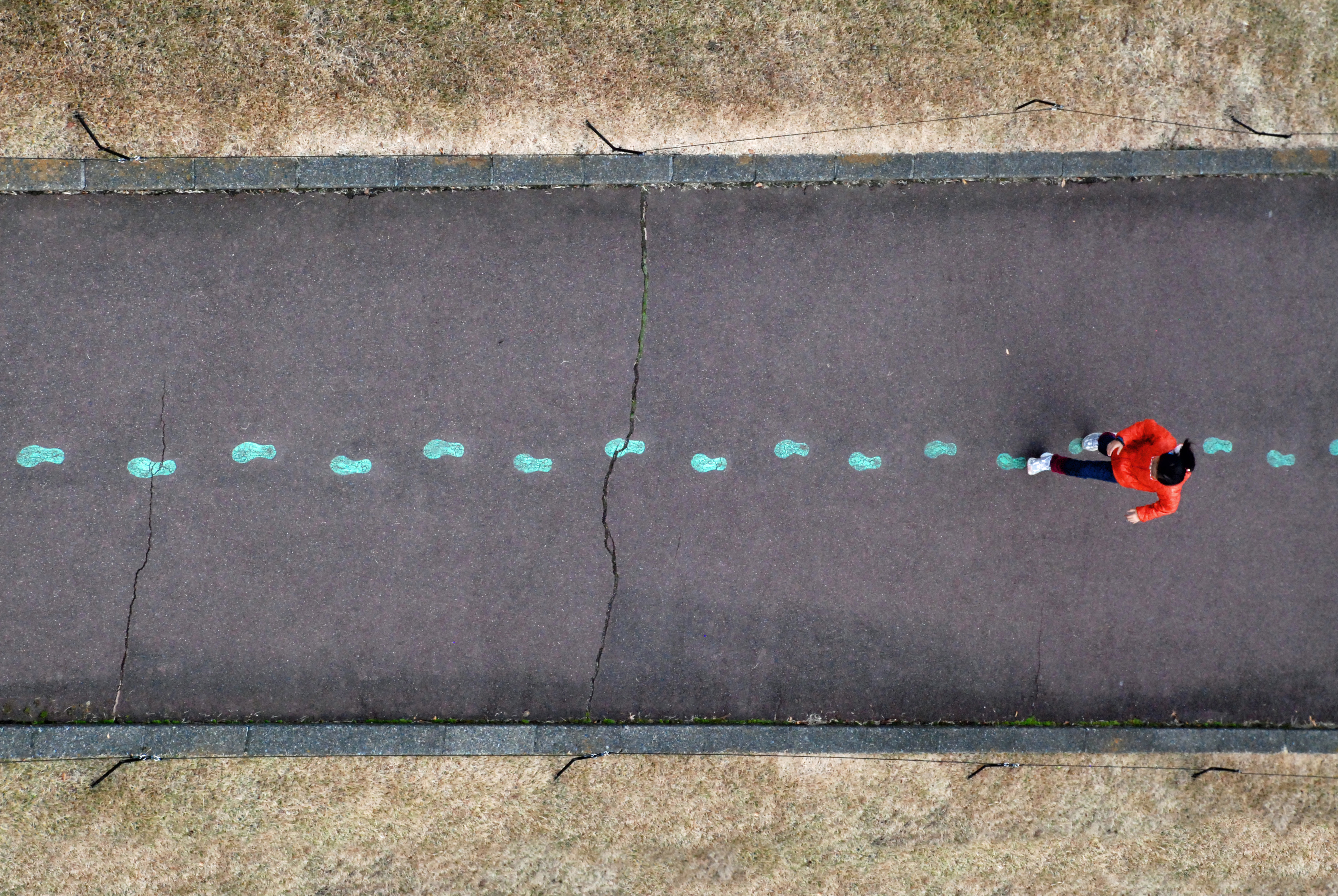In this course, we have learned many bits of knowledge about online studying and how to improve online study experiences. The learning experiences in this online class were memorable and useful. In my final essay, I will discuss my online learning experiences, online learning communities/societies, online learning tools, and future technologies that might improve online learning outcomes.
As I have already posted four reflections in the past 3 months of studying, the reflection that I am the most satisfied is my third reflection. In that reflection, I shared my online learning experience at Thompson Rivers University. I studied resilience psychology online at Thompson Rivers University. The location of Thompson Rivers University is very far away from Victoria. My instructor’s help and the good structure of the course helps me gain success. As I mentioned in my third reflection, online studying instructor plays an extremely important role in helping learners gain success. What are the duties of an online course instructor? First, obviously, organizing the course materials and leading-learners to study on the course materials. Second, answer learners’ questions via mobile contact methods such as email, phone calls. It was my most memorable online learning experience. The clear course structure, fast response from the instructor… These elements help me gain success (I found that the instructor also teaches at Uvic).

(https://pixabay.com/photos/woman-laptop-business-blogging-3190829/)
Therefore, it is important to evaluate what is the best way to start an online course including considering from the perspective of course structure and course materials. The instructor should think of if they want to make an online course synchronous or asynchronous. As I mentioned in my first reflection, they both have their own advantages. Asynchronous course structure can help learners follow their own pace to study, but it is more difficult for the instructor to manage the progress of all learners. Synchronous curse structure can help instructors to manage the progress of the whole class, but learners might feel intensive under this course structure because learners are “pushed” to move forward. The online course instructors must be very careful when they are deciding how should a course process. As I mentioned in my fourth reflection, I introduced a concept called “cognitive load”. According to Kirschner, Sweller, Kirschner, and Zambrano (2018), cognitive load stands for how much can someone processes in his/her mind at a time. Course materials should be clear, well-organized, and with multiple forms. For instance, while my instructor used several 20-page journals to explain what is resilience, she also posted a video on Youtube which is short and simple to help learners understand the concept of resilience. Imagine that if your instructor asked you to read five 20-page long journals, would you actually read those journals. Therefore, using multiple forms of educational resources such as videos, audios, digital slides can help learners to reduce their cognitive load.


(https://www.khanacademy.org/math)(https://www.gpb.org/blogs/education-matters/2015/08/20/top-5-edtech-tips-quizlet)
While I was studying online learning, I explored many online learning tools and communities. there are many online learning tools and online learning communities on the Internet, such as Quizlet, Khan Academy. Both of Quizlet and Khan Academy is my favorite online learning tools and communities. On Quizlet, users can create their learning cards. The front of a learning card can be a question or the name of a concept, and the back can be the answer or the definition. After creating a set of learning cards, users can also do some practices on the website such as matching to boost learning outcomes. Such an online learning tool can help learners maximize learning outcomes while they are engaging in their learning materials. As I mentioned in my fourth reflection, I used software to memorize English vocabulary when I was a kid. Quizlet provides very similar functions. I have already mentioned Khan Academy many times. Khan Academy provides free extra tutor after class. There is not only video lectures but also practice questions to test how much the learners understand. Quizlet and Khan Academy are not only learning tools, but they also provide learning communities to learners. On Quizlet, users can look at other users’ learning card sets. In other words, users can share their learning outcomes on Quizlet. I always look at those learning card sets from other users that are relevant to my current courses. I found that it was very helpful and I did not have to waste any time organizing because it is organized by someone else already. We have to flexibly apply online learning tools and online learning communities while we are learning online. Online learning communities can also help learners build up their social networks. I have a friend always posts her learning methods on Quizlet and has many followers. She said she found that was helpful to her own learning because she felt satisfied by receiving praise from her subscribers. Just like Shen, Cho, Tsai, and Marra (2013) mentioned in their journal about satisfaction in online learning, learners have better learning outcomes while they are social contacting with others. Leaners’ social contact can boost their self-efficacy.

(https://pixabay.com/photos/vr-virtual-virtual-reality-3460451/)
Due to COVID-19, most of the students have to stay at home. How do students study at home? For me, my course instructors provide video lectures and post slides on the Course Spaces. Instead of contacting my instructors in person, now we can online contact through emails and online chat rooms. These contact tools seem very old-fashioned. Emailing and online chatting are only suitable for lectures, then what about labs? There are many courses that require learners to learn from labs such as chemistry and physics. Is there any way to help learners can do lab at home?

(https://pixabay.com/photos/vr-virtual-virtual-reality-3460451/)
Therefore, at this point, I would like to talk about future technologies that might improve online learning. Online learning topics are limited because nowadays most of the online course topics are theoretical topics. As we have already mentioned many times, online learning should be opened to everyone in our societies. However, if someone wants to learn about physics and chemistry, he/she can only go to a physical campus. Hence, it can cause many problems such as the lab session does not fit his/her timetable, his/her residential area does not have a school that offers lab sessions, etc. We have to realize these problems and provide solutions. The first future technology I think that can be applied in online learning is virtual reality. As we have known, people use virtual reality to simulate many actual-life scenes. For instance, one of my classmates plays farm simulators on virtual reality devices. Why don’t we apply virtual reality simulator to develop online lab sessions? Imagine we are in an online chemistry lab, we can use our virtual reality devices to see what the lab instructors do and how to complete the whole process. We do not need to spend money on purchasing lab equipment such as microscopes, beakers, chemical substances. It is safer and cheaper. Instructors can also record video lectures, especially for those classes that need to learn detailed processes such as math. When I was taking the calculus course online, I found it was difficult to get clear instructions on how to solve a math question in steps. Learners watch those visual reality video lectures can also help learners gain a better comprehension of learning products. Instructors can also open online office hours by virtual reality techniques. The virtual reality technology can fill the gap of limited online course topics in the future.

(https://pixabay.com/photos/businessman-internet-continents-2682712/)
In conclusion, it is important to set up a clear, suitable course structures; different forms of course materials can reduce learners’ cognitive load; flexibly application of online learning tools is helpful; building social networks while leaning online can increase one’s self-efficacy and boost study outcomes; virtual reality can make online learning to cover more topics. Online learning has become a mainstream learning method in nowadays societies. People get busier and busier, especially for those who work full time and do not have any time to attend a physical campus. Again, online learning should be opened to everyone. While we are learning online, do not forget to become a contributing learner.
References
Kirschner, P. A., Sweller, J., Kirschner, F., & Zambrano, J. R. (2018). From cognitive load theory to collaborative cognitive load theory. International Journal of Computer-Supported Collaborative Learning, 13(2), 213-233. doi:10.1007/s11412-018-9277-y
Shen, D., Cho, M., Tsai, C., & Marra, R. (2013). Unpacking online learning experiences: Online learning self-efficacy and learning satisfaction. The Internet and Higher Education, 19, 10-17. doi:10.1016/j.iheduc.2013.04.001


